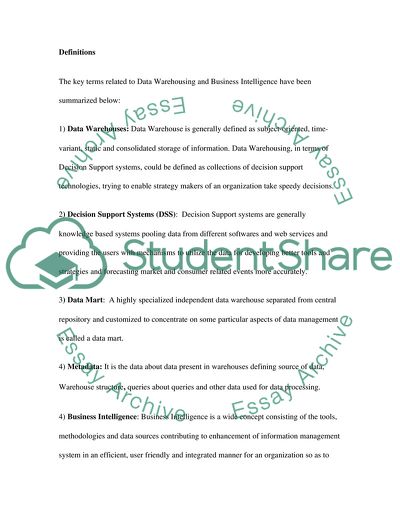Cite this document
(Data Warehousing and Business Intelligence Essay, n.d.)
Data Warehousing and Business Intelligence Essay. https://studentshare.org/information-technology/1712240-business-intelligencedata-warehouses
Data Warehousing and Business Intelligence Essay. https://studentshare.org/information-technology/1712240-business-intelligencedata-warehouses
(Data Warehousing and Business Intelligence Essay)
Data Warehousing and Business Intelligence Essay. https://studentshare.org/information-technology/1712240-business-intelligencedata-warehouses.
Data Warehousing and Business Intelligence Essay. https://studentshare.org/information-technology/1712240-business-intelligencedata-warehouses.
“Data Warehousing and Business Intelligence Essay”. https://studentshare.org/information-technology/1712240-business-intelligencedata-warehouses.


